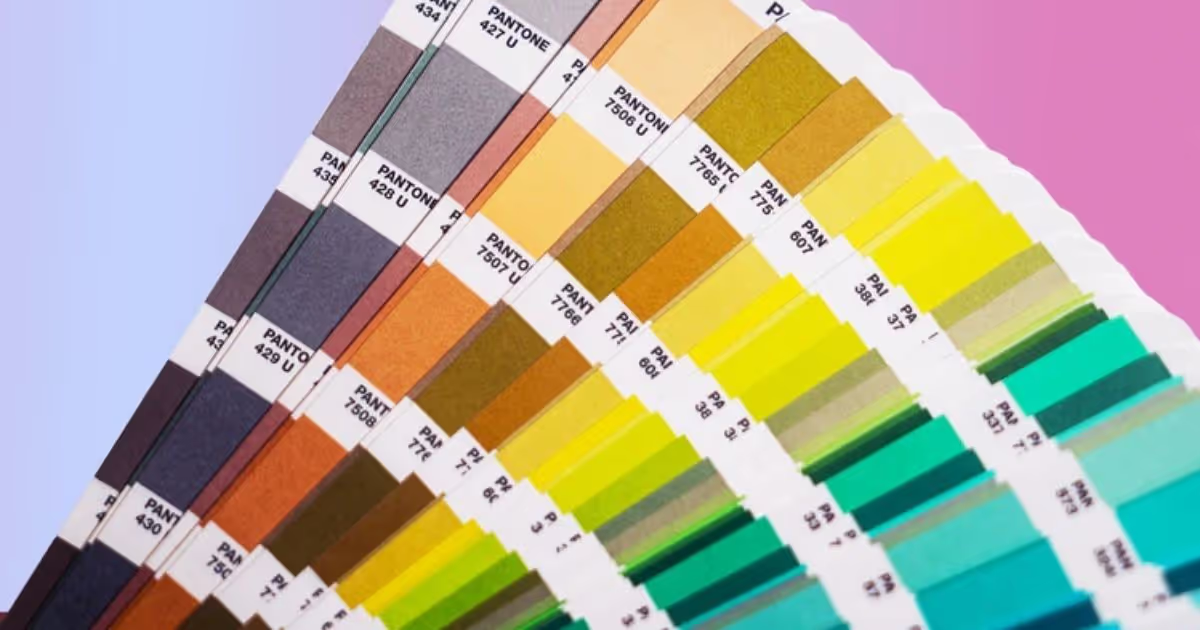Just how big a role does color play in the success of a business? Quite significant, apparently. According to a study, having signature branding colors can boost consumers’ brand recognition by up to 80 percent. But what exactly is a branding palette, and how can you choose colors that work for your brand? Read on to find out.
What is a branding color palette?
Before we delve deeper into the subject, let’s tackle the basics: branding colors’ meaning and advantages. Branding color palette pertains to the combination of shades you use to establish a brand.
For instance, a green circle on a white coffee cup will automatically remind you of Starbucks. In the same vein, an app emblem with the gradient hues of purple, pink, red, orange, and yellow will make you think of Instagram.
As illustrated by these examples, effective branding colors help you make a good impression, maintain a sound reputation, and convey emotions.
How do I choose brand colors?
Now that we’ve established why choosing a palette should be part of your business checklist, let’s move on to a crucial matter - how to choose brand colors.
Here’s a step-by-step guide you can follow in coming up with branding colors that are relevant to your business.
1. Establish your brand identity
Before you can begin your quest for the best color palette, you must first establish your brand identity. How can you describe your brand in three words? What can you offer that other players can’t or don’t? Knowing the answers to these questions will set you off to a good start.
In addition to that, it’s also vital to be aware of brand color psychology. After all, you need to express your identity to your audience using hues. For instance, red evokes passion and excitement, while green stands for nature, growth, and stability. With that in mind, it may not be a good move to build a color palette with bright red hues if you’re trying to create a meditation app.
2. Check brand colors within your industry
Do a little snooping and look at the branding colors of your competitors. The goal is not to copy their style but to be more in touch with the industry and market. Doing your research will help you develop a palette that’s uniquely yours without looking out-of-place within your industry.
Take note, though, that this aspect is also tied to color psychology. For instance, many restaurants choose to include red, orange, and yellow hues in their color branding as these stimulate the appetite.
Luxury brand color palette examples, on the other hand, are usually built around muted shades, such as navy black, grays, or black.
3. Pick your primary, secondary, and neutral colors
Based on the first two factors, pick a primary color or a hue that reflects the brand’s strongest trait. For example, Netflix uses crimson as a primary color, while Spotify uses green.
There are instances, however, when brands choose more than one hue as a base. For instance, Mastercard uses both red, orange, and yellow-orange. PayPal, on the other hand, uses two shades of blue equally.
After setting the base, it’s time to choose your secondary color or accent. When choosing this hue, you can pick an analogous color or one that’s close to the base hue. Hint: analogous shades would sit beside each other in a color wheel. In Netflix’s case, for instance, the crimson red is complemented by a darker ruby shade.
Another way to pick a secondary color is to pick a contrasting hue. Contrasting colors are those that are opposite each other on the color wheel. An example of this is FedEx’s deep indigo paired with a vibrant orange hue.
Last but not least is your neutral color. This is the hue that will sit in the background. For many brands, neutral colors are usually white, black, and shades of gray or nude.
Brand color generator tools
Without a doubt, choosing the right branding colors can be tricky. Here are a few branding color palette generator tools you can use to help you nail the perfect shades.
This tool allows you to upload a photo and get the exact shades in it. That said, this is a very useful tool if you’re getting color inspiration from a photo or artwork.
If you can’t find the right inspiration for a branding palette, perhaps this tool can help you. Using Coolor’s generator is as easy as pressing the spacebar to get random color combos you can choose from.
When it comes to color palettes, you shouldn’t only think about aesthetics but accessibility as well. For instance, people with vision impairment may find certain color combinations hard to read. This tool helps ensure that your palette is optimized, both for text and visual elements.
FAQs
Can I copy a brand color palette?
Though it’s easy to take inspiration from brand colors that are already existing, you have to tread carefully. In the US, Canada, and many European countries, it’s possible to register a color as a trademark. Examples of trademarked colors are Tiffany Blue, Cadbury Purple, and Barbie Pink. You can’t use a trademarked color combination and color shade within the same industry. For instance, using Tiffany Blue won’t be possible if you’re a jeweler, but it’s okay to use the shade if you’re in the food industry (provided that no food industry brand has already trademarked that shade).
What happens if I don’t set branding colors?
Well, the branding police won’t come and get you if you decide not to set a color palette for your brand. However, you would be missing out on a huge business potential if you don’t. For instance, some of the best logo fonts for improved branding may not have been as powerful as they are if they didn’t use a signature color palette to go with the design.



